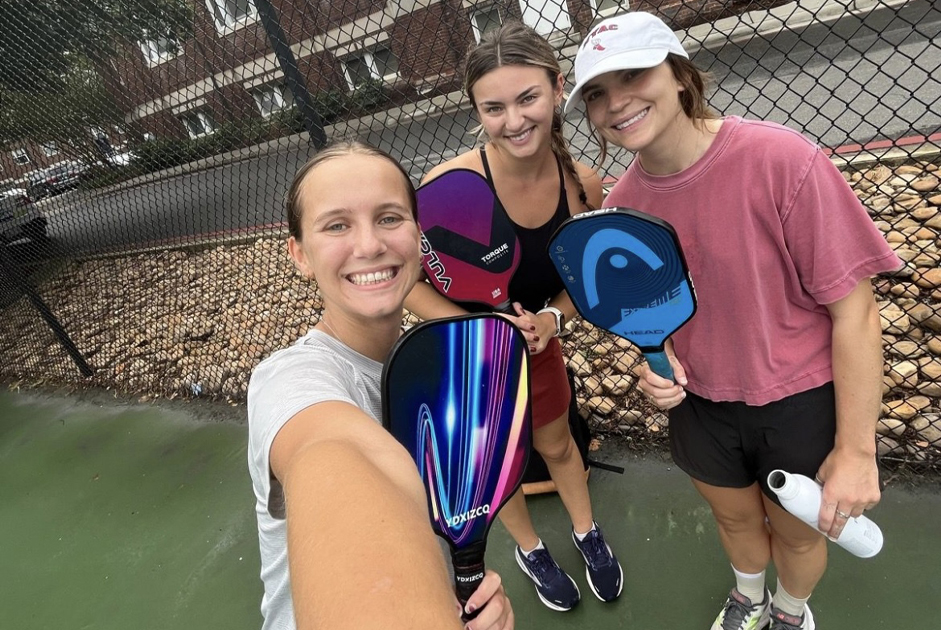BY VIC KHEMSARA, MD
The beginning of the school year tends to be a hectic time for parents, even without adding a pandemic to the mix. We know you have a lot on your minds, so we wanted to remind you of one of the most important items in readying your children for the coming school year. Parents want their children to achieve at the highest level. In order to do this, a child needs many abilities – SIGHT being one of the most important. It has been estimated that 80% of the learning a child does occurs through his or her eyes. Vision is in constant use in classrooms, both virtual and in-person. If a child has poor vision, academic and sporting activities can suffer.
When vision is impaired, children tend to not pay attention in class due to not being able to see the whiteboard, and they may not complete homework due to fatigue or blurring of the pages. This contributes to poor participation, poor grades, and added stress for the child and the parent.
We often think that 20/20 vision is all there is to an eye examination. Many children will pass vision screenings at their pediatrician’s office, thus hiding underlying vision problems. There are many other visual skills beyond seeing clearly that should work together for great vision. Every child needs to have:
- Visual Acuity – Ability to see clearly near (reading a book), intermediate (computer screen), and distance (reading the whiteboard). As mentioned above, a vision screening at your pediatrician’s office is not sufficient for a child.
- Eye Focusing – Ability to focus quickly when viewing objects at different distances in rapid succession (reading a book to focusing on the whiteboard).
- Eye Tracking – Ability to keep the eyes on target when looking from across a printed page or following a thrown ball.
- Eye Teaming – Ability to coordinate and use both eyes together.
- Eye-Hand Coordination – Ability to use the visual information and direct the hands (drawing a picture or throwing a ball).
Parents with virtual learners take note! Many studies show that dry eye can increase while doing near work, such as reading or playing on the iPad/digital device. This causes eye strain, as well as contributing to dry eye disease. It is imperative that children (and adults) take breaks while using their eyes. A good rule is every 20 minutes, take 20 seconds, and look 20 feet away. This helps to relax the eyes.
If any one skill is missing, the child can suffer from eye fatigue, headaches, poor grades, and even be misdiagnosed with learning disabilities.
Some signs that may indicate a child is experiencing visual problems include, but are not limited to, rubbing the eyes, excessive blinking of the eyes, short attention span, hyperactivity, headaches, holding reading materials too close to face, an eye turning in or out, complaints of double vision and many more.
To be sure your child has all the “supplies” for the new school year, call your eye care provider and schedule that pre-school eye examination. Let’s help them succeed to their highest capability.


















